
Chuka Southern Praying Mantis Kung Fu
朱 家 南 派 螳 螂



About Chuka Southern Praying Mantis Kung Fu
In the southern praying mantis style, all attacks and blocks come from the elbows. There is no drawing back to the waist as in many other styles. chuka mantis uses a variety of open-hand techniques and has specialized hand movements such as the phoenix eye fist, gingerfist, three-finger spear, and bamboo slicing hand, all of which attack the body's vital points. These strikes can cause paralysis, as well as a cutting off of blood flow and distribution of chi to vital areas of the body. Kicks are delivered below the waist and always used in conjunction with hand techniques. The Air (Dan Tien): Sucking in the chest and abdomen is one of the major characteristics of the southern mantis system. This sucking in and pushing out movement can be used both offensively and defensively. Two of the fundamental principles of the southern mantis is (on ton chum biel) and ( loi lau huie theung), meaning one should immediately block and attack from any gate. Blocking in the chuka southern mantis style means more than a movement of the arm; the practitioner must use a body to block the attack, which includes using proper footwork to get the correct angle and position.
Also important is proper tan tien breathing, which helps control your power and absorb your opponent's. Loi lau hei sung means, "Welcome in the guest and we get tired of him we kick him out." Or, we take the opponent's power, neutralize it and give that and more back to him.The Set (Sam Bo Gin): This is the first form taught in Chuka Mantis. Within this form are all of the fundamental movements of the mantis style. A student of chuka mantis must train hard and diligently for at least one-and-half years to get a firm grasp of the style. Traditionlly in China, a minimum of three years was required. Along with the solo sam bo chin form, there is also a two-man matching set where the student gets the feel for his techniques. There are also many other two-man exercises at the heart of the chuka southern praying mantis system. Through these exercises the student begins to develop feeling, timing, placement, correct balance, proper positioning, proper breathing technique, and correct striking power. Chuka mantis also has a form of sticky hand (chi sao). This is one of the key exercises in the mantis style. The student learns to feel the opponent, to stick to his opponent, and launch attacks. Through practice, one will feel his opponent's attack, neutralize his power and simultaneously launch his attack.
Half -lotus (Boon bien lien): The Chuka Mantis style has parts of the half-lotus system in it. It is based on the principle of a half-lotus flower floating on the water. A full lotus flower is evenly balanced; half a lotus flower bobs up and down and is unevenly balanced. This teaches the student to sucker in his opponent by assuming a so-called open position, but in reality his opponent is being lured into a deadly trap. Internal power (Dan Tien ): The root of all power in the Chuka Southern Praying Mantis system comes from training the Dan Tien. This internal power has both offensive and defensive aspects. Proper training of the tan tien will not only increase your martial arts power, but will also benefit your overall health. At the advanced levels of chuka mantis, devasting blows can be delivered from one inch; seven to nine blows from this distance can be made in a matter of seconds with enough power to do deep internal damage, break bones, destroy blood vessels and block vital energy flow.

The Chuka Southern Praying Mantis Kung Fu System, has a variety of techniques from eighteen different systems. Here is a brief explanation of the basic terms and movements. Praying mantis horse stance (Tong long ma): The basic stance of the chuka mantis style. From this stance offensive and defensive movements are performed. Feet are about a shoulder-width apart, with the front foot turned slightly inward and the back foot pointed forward. The weight is evenly distributed. The lead leg initiates the movement and equal distance is covered by the back foot in a straight-line pattern forward and backward before advancing to more angles. From this stance all vital organs can be protected. Beggar's hand (Hut yee-jen) combined with the praying mantis stance: This constitutes the on-guard position of the chuka southern praying mantis style. The hand position is based on the insect, having its elbows in and its arms slightly stretched out. For the practitioner, the arms are stretched out with the elbows tucked in to protect the centerline and vital organs. The hands are opened and relaxed, feeling the opponent's moves and sticking to him.